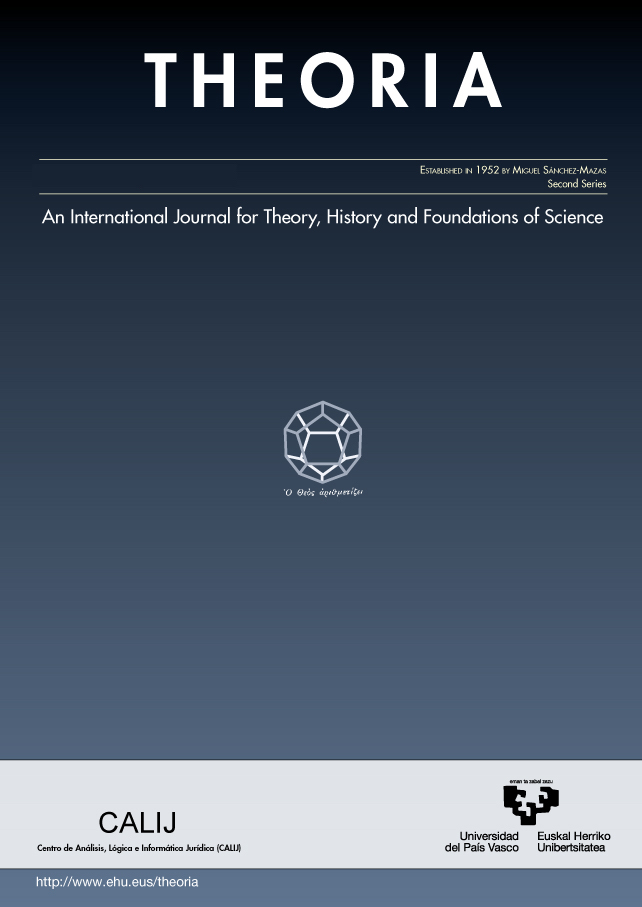Deep conflicts and deep disagreements Two ways in which a dispute can be deep
##plugins.themes.bootstrap3.article.main##
##plugins.themes.bootstrap3.article.sidebar##
Published
13-05-2024
Manuel Almagro
Abstract
This paper tackles the following puzzle. On the one hand, a growing body of literature suggests that most of our current political disagreements are pernicious and difficult to resolve because they are instances of deep disagreement. On the other hand, there does not seem to be anything inherent to a deep disagreement that necessarily makes it pernicious nor irresolvable. To address this issue, I distinguish two senses in which a disagreement can be deemed “deep”, and show that they are conflated in the literature. In order to separate them, I refer to these two senses as deep disagreement and deep conflict. Contrary to recent literature, I argue that most of our current pernicious political disagreements are so not because they are instances of deep disagreement, but of deep conflict. This way, the problem disappears.
How to Cite
Almagro, M. (2024). Deep conflicts and deep disagreements : Two ways in which a dispute can be deep. THEORIA. An International Journal for Theory, History and Foundations of Science, 39(1), 23–42. https://doi.org/10.1387/theoria.24675
##plugins.themes.bootstrap3.article.details##
Keywords
deep disagreement, deep conflict, political disagreement, narratives, affective polarization
Issue
Section
ARTICLES

This work is licensed under a Creative Commons Attribution-NonCommercial-NoDerivatives 4.0 International License.
Authors retain copyright and grant the journal right of first publication with the work simultaneously licensed under a Creative Commons License.

